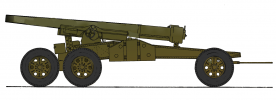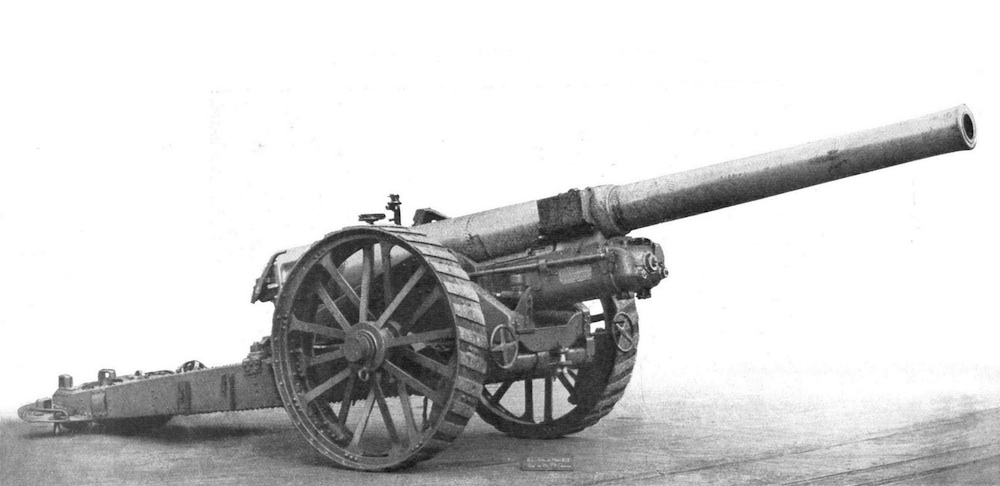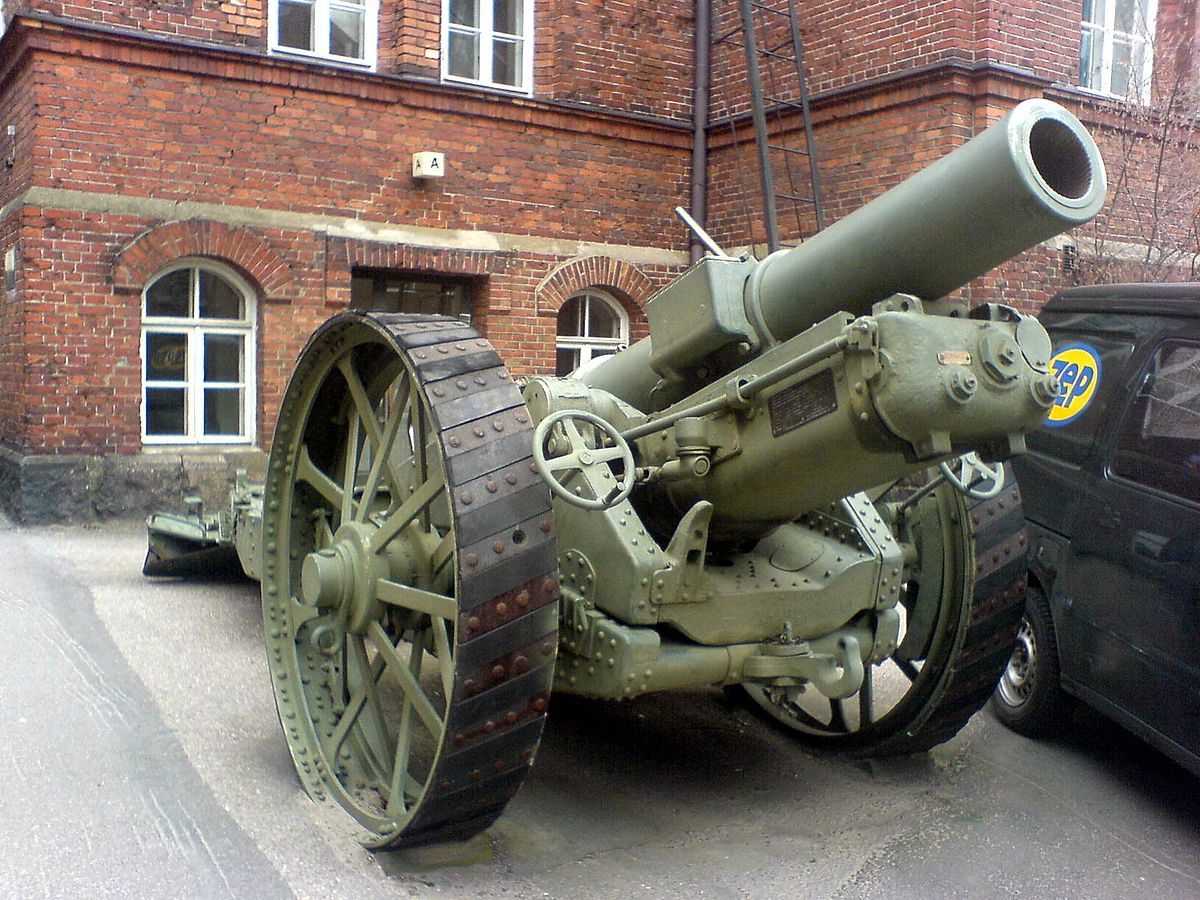1936 - Germany is rearming....
Instead of paying to develop a new 88mm 25 pounder gun which will require all new tooling (to the dismay of the Treasury), the British Army cunningly proposes an alternative "upgrade" program based on the 84mm 18 pounder gun. In reviewing the number of weapons that appear to be available under the "upgrade" program for the investment required, the Treasury enthusiastically approves the more fiscally responsible "upgrade".
Although continuing to use the naming of "18 pounder" (primary for optics to keep Treasury onside), engineers immediately begin to work on ways to a clean sheet design to maximize the range and destructive power while using the most efficient production techniques available.
With a new carriage already having been designed earlier, the team eventually settles upon a new 21 pound shell with an incremental charge system. Although the new shell is slightly longer, the case is kept to original external dimensions so that the new guns can fire old spec ammunition currently held in inventory. It is noted that where the new gun will be able to utilize the new "supercharge" for maximum range, that separate charge would need to be removed if older guns were required to fire new ammunition in an emergency.
As existing tooling could be used for all prototyping, this process would be dramatically accelerated in the rush to move to full production and adoption.
Although the standard RA version would take priority, a new Birch Gun variant assigned to Armoured Units would take second priority. Once those two models had transitioned to full production, the prototyping teams would transition to a lighter Short Variant that would ideally also be able to be integrated into an armoured chassis to provide high explosive support to armoured units against bunkers and opposing dug-in infantry positions.
Instead of paying to develop a new 88mm 25 pounder gun which will require all new tooling (to the dismay of the Treasury), the British Army cunningly proposes an alternative "upgrade" program based on the 84mm 18 pounder gun. In reviewing the number of weapons that appear to be available under the "upgrade" program for the investment required, the Treasury enthusiastically approves the more fiscally responsible "upgrade".
Although continuing to use the naming of "18 pounder" (primary for optics to keep Treasury onside), engineers immediately begin to work on ways to a clean sheet design to maximize the range and destructive power while using the most efficient production techniques available.
With a new carriage already having been designed earlier, the team eventually settles upon a new 21 pound shell with an incremental charge system. Although the new shell is slightly longer, the case is kept to original external dimensions so that the new guns can fire old spec ammunition currently held in inventory. It is noted that where the new gun will be able to utilize the new "supercharge" for maximum range, that separate charge would need to be removed if older guns were required to fire new ammunition in an emergency.
As existing tooling could be used for all prototyping, this process would be dramatically accelerated in the rush to move to full production and adoption.
Although the standard RA version would take priority, a new Birch Gun variant assigned to Armoured Units would take second priority. Once those two models had transitioned to full production, the prototyping teams would transition to a lighter Short Variant that would ideally also be able to be integrated into an armoured chassis to provide high explosive support to armoured units against bunkers and opposing dug-in infantry positions.





